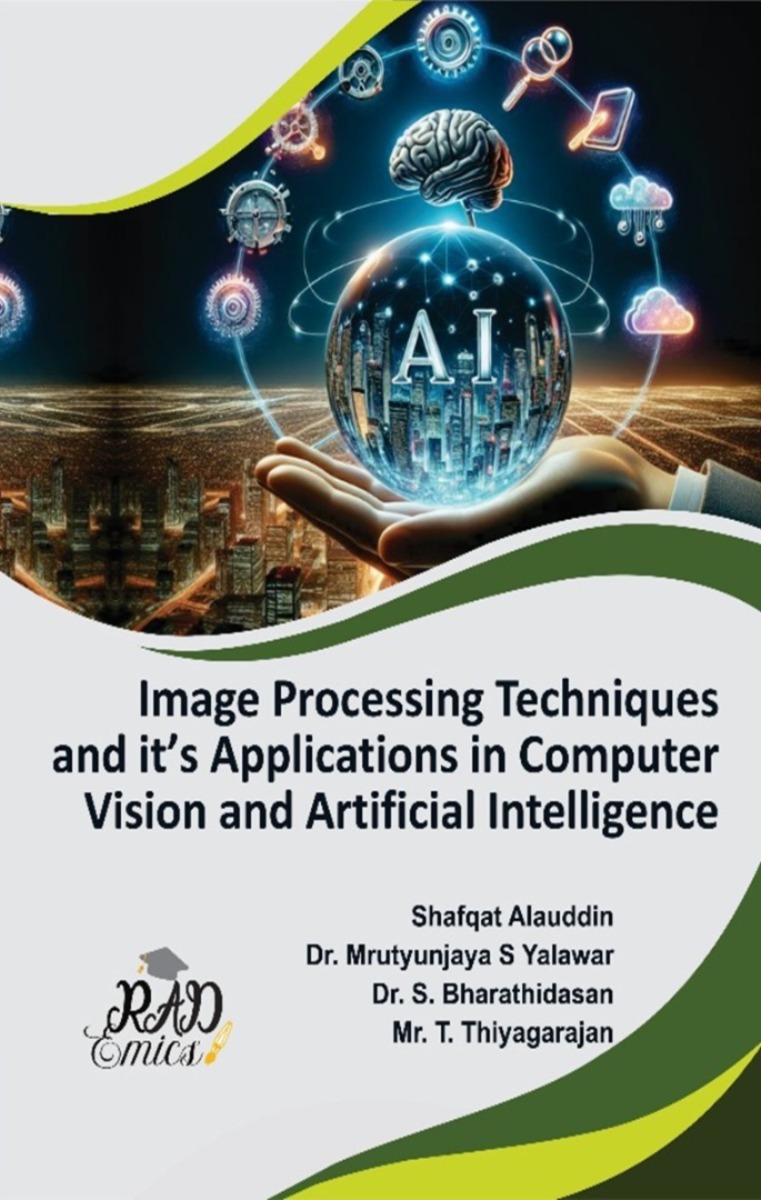
Peer Reviewed Chapter
Chapter Name : Advanced Image Filtering Techniques for Smoothing Sharpening and Edge Detection in Various Applications
Author Name : Jonnadula Narasimharao, M.Uma Maheswari
Copyright: © 2024 | Pages: 27
DOI: 10.71443/9788197933660-08
Received: 22/05/2024 Accepted: 15/08/2024 Published: 30/10/2024
Abstract
This chapter presents a comprehensive exploration of advanced image filtering techniques, emphasizing their critical role in image enhancement and restoration across various applications. Image filtering was essential for addressing noise reduction, edge preservation, and detail enhancement, with methods categorized into spatial and frequency domains. Nonlinear filters, including median and bilateral filters, are analyzed for their effectiveness in preserving edges while mitigating noise. In contrast, frequency domain methods, such as low-pass and high-pass filters, are examined for their capabilities in smoothing and sharpening images. A comparative study elucidates the trade-offs between these techniques, highlighting their unique advantages and limitations. By integrating theoretical foundations with practical applications, this chapter provides valuable insights for researchers and practitioners aiming to improve image quality in fields ranging from medical imaging to computer vision. The findings underscore the importance of selecting appropriate filtering techniques based on specific application needs, paving the way for future advancements in image processing methodologies.
Introduction
In the rapidly evolving field of digital imaging, the significance of image filtering cannot be overstated [1]. Image filtering plays a crucial role in enhancing the quality of images for various applications, including medical diagnostics, satellite imagery, and consumer photography [2]. The ability to manipulate and improve image quality directly impacts the effectiveness of visual analysis and interpretation [3]. By applying sophisticated filtering techniques, practitioners can reduce noise, improve contrast, and preserve essential details within images [4,5]. As technology advances, the demand for high-quality images necessitates a deeper understanding of the various filtering methods available and their implications for real-world applications [6].
Filtering techniques can be broadly categorized into two primary domains: spatial and frequency [7]. Spatial domain filters operate directly on the pixel values of an image, modifying them based on their local neighbourhood [8]. These filters can be linear or nonlinear, each with distinct characteristics and applications [9]. On the other hand, frequency domain filters manipulate images based on their frequency components, allowing for effective noise reduction and detail enhancement through the application of Fourier transforms [10-12]. Understanding the principles underlying these filtering techniques was essential for selecting the appropriate method for specific tasks and ensuring optimal results in image processing [13].